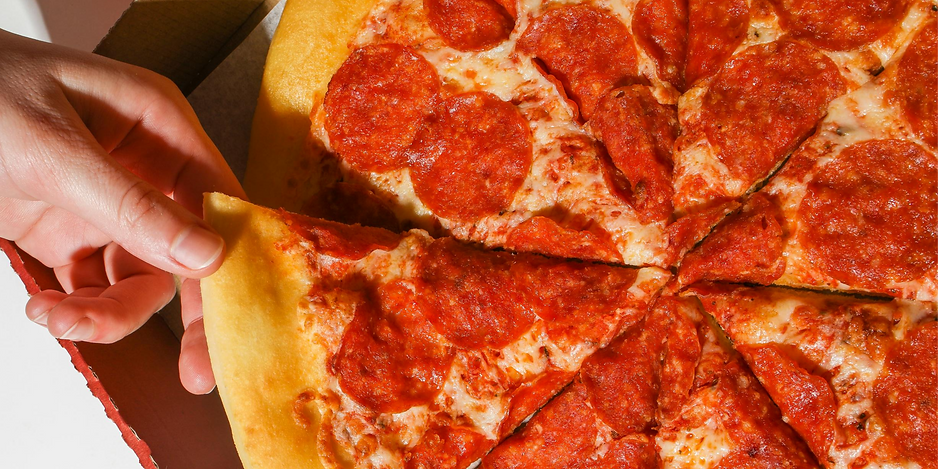How to Lose Weight While Enjoying Junk Food: A Flexible Dieting Approach
- cheidt14
- Feb 22
- 3 min read
Updated: Mar 15

Too often, we're told that losing weight means cutting out all our favorite foods. Trainers push unsustainable diet plans where tasty foods are off-limits! You waste precious time struggling with restrictive diets, only to end up with unfulfilling results and miserable taste buds. But I’m here to tell you that couldn’t be further from the truth!
Yes, eating a healthy diet is beneficial for weight loss, but it’s not the only way to succeed. In fact for many people, forcing an extreme shift from a poor diet to a perfectly "clean" one can make weight loss even harder.
When you suddenly eat much less than you're used to, especially with poor meal planning, you set yourself up for failure. You might experience intense hunger, headaches, and low energy. Worse, if you don’t understand the calorie and nutrient content of food, you could be eating too much or too little without even realizing it.
The Key to Weight Loss: Caloric Deficit
At its core, weight loss comes down to one simple concept: a caloric deficit. This means consuming fewer calories than your body burns each day. However, eating too little can be just as problematic as eating too much.
When you don’t eat enough, your body lowers its energy expenditure to conserve fuel. This slows down essential bodily processes, making you feel exhausted and increasing cravings. Your body will attempt to cling onto fat in an attempt to save the depleting stores of energy, making weight loss even harder.
This is why it’s crucial to find out exactly how much you should be eating to lose weight without wrecking your metabolism and energy levels.
Step 1: Calculate Your TDEE
Your Total Daily Energy Expenditure (TDEE) is the number of calories your body requires each day to maintain your current weight.
To calculate your TDEE:
Use an online calculator (input your height, weight, age, and activity level).
Keep in mind that your TDEE may decrease as you lose weight, so recalculate if progress slows.
Step 2: Create a Sustainable Caloric Deficit
Once you know your TDEE, you’ll need to subtract calories to create a deficit.
3,500 Calories = 1lb
500 calorie deficit per day x 7 days → Lose 1 lb per week
750 calorie deficit per day → Lose 1.5 lbs per week
Losing 1.5lbs of fat a week is the perfect amount of weight loss to preserve muscle, and avoid fatigue. Less than this and weight loss can feel too slow. More than this can lead to muscle loss, extreme fatigue, and metabolic slowdown. You can push this in certain situations but as a beginner it is not advisable.
Step 3: Understanding Macronutrients (Protein, Carbs, and Fats)
Calories come from macronutrients—protein, carbohydrates, and fats:
Protein (4 calories per gram)
Carbohydrates (4 calories per gram)
Fats (9 calories per gram)
For sustainable weight loss, aim for:
Protein: 1g per pound of lean body mass
Carbs: 40-65% of total calories
Fats: 30-40% of total calories
This balance ensures you feel full, preserve muscle, and maintain energy levels.
Step 4: Micronutrients Matter
While you can lose weight eating only pizza and cake, your body still needs vitamins and minerals (micronutrients) to function properly. Deficiencies can lead to fatigue, weakened immunity, and poor overall health.
To cover your bases:
Eat a variety of whole foods (fruits, vegetables, whole grains, healthy fats, and lean proteins).
Consider a high-quality multivitamin if you struggle to get enough nutrients from food alone especially when losing weight
Step 5: Track Your Food & Enjoy Treats Guilt-Free
To make this work, track the macronutrient, micronutrient, and calorie content of your food.
Use food labels and apps like MyFitnessPal to log your intake.
Prioritize whole, nutrient-dense foods first, then fit in your favorite treats while staying within your calorie and macro targets.
Yes, that means you can have your favorite junk foods while losing weight—just in moderation and within your caloric needs.

תגובות